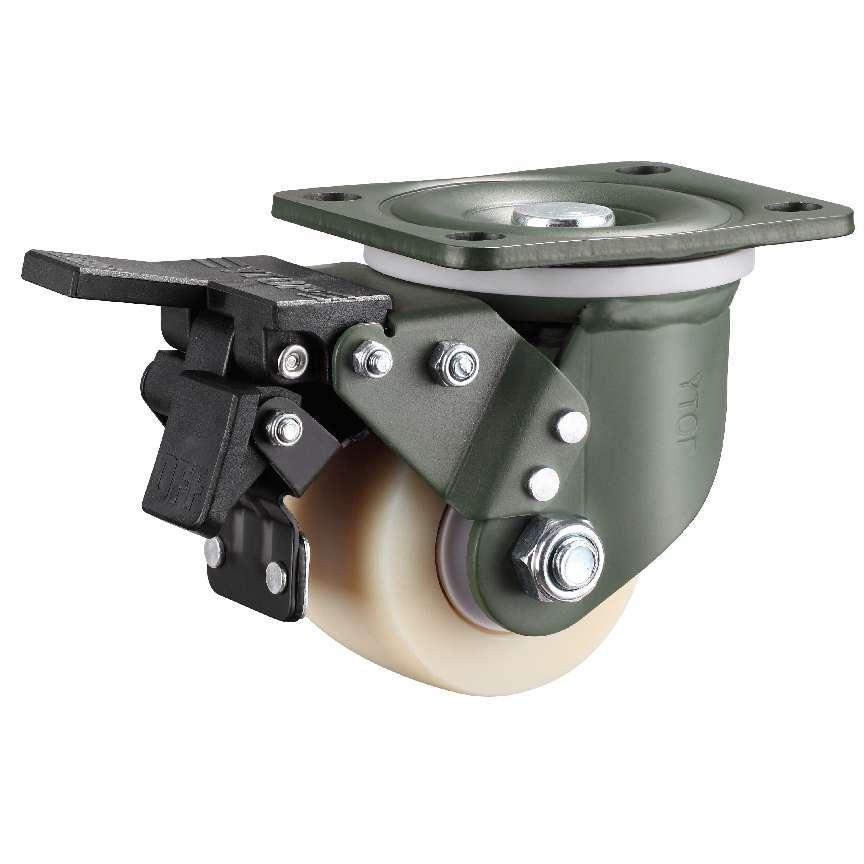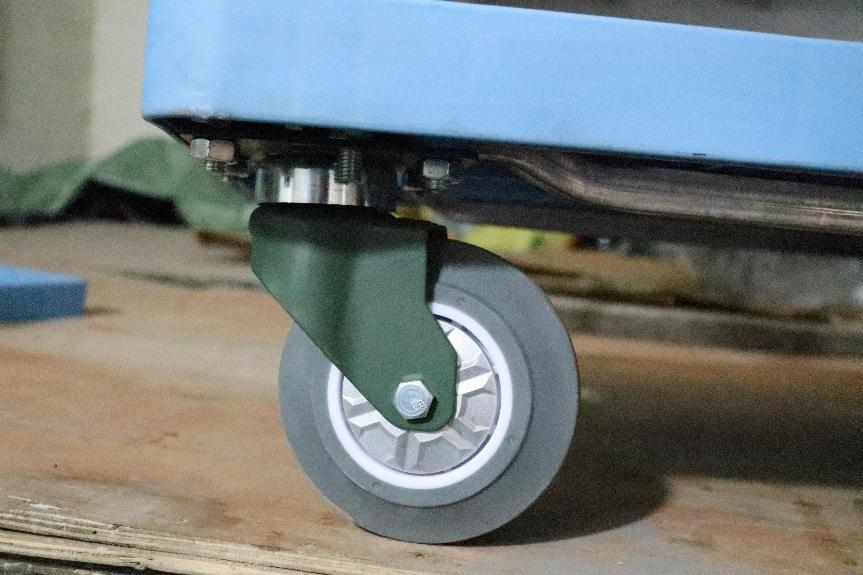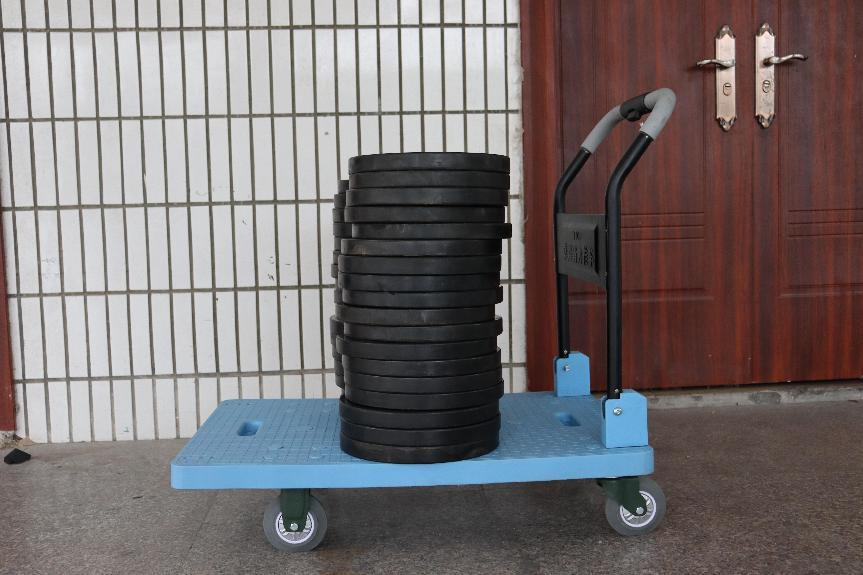When selecting industrial hardware casters, a combination of factors such as load, usage environment, wheel material, floor type, mounting method, and braking and steering features can lead to a more accurate selection and ensure that the casters will perform well in a given application. Here are some easy-to-follow guidelines to help you with your caster selection:
Step 1: Understand the load and the environment of use
Before choosing a caster, first determine the load it will be subjected to. Consider the weight of the object as well as the shock and vibration it may endure during use. Also, understand the environment in which it will be used, such as indoors, outdoors, wet or with chemicals.
Step 2: Choose the right wheel material
According to the usage environment and load, choose the right wheel material. Common materials include rubber, polyurethane, nylon and metal. Rubber is suitable for indoor use, while metal may be more suitable for industrial locations.
Step 3: Consider the floor type
Different floor types have different requirements for casters. Hard floors are suitable for rigid wheels, while soft floors may require larger wheels to minimize sinking.
Step 4: Determine the mounting method
There are many kinds of mounting methods for casters, including threaded type, screw type, tray type and so on. According to the structure and use requirements of the equipment, choose the suitable mounting method.
Step 5: Consider braking and steering features
If your application requires the equipment to be positioned or the wheels to be locked when moving, then choose casters with braking function. Meanwhile, if you need the equipment to have steering function, choose casters with steering device.
Post time: Jul-29-2024



